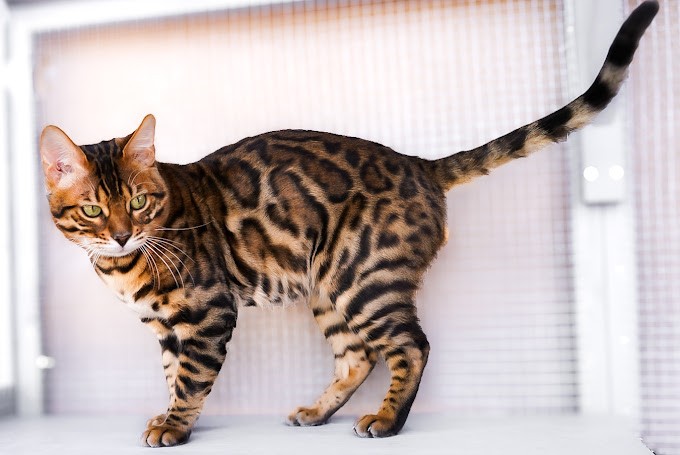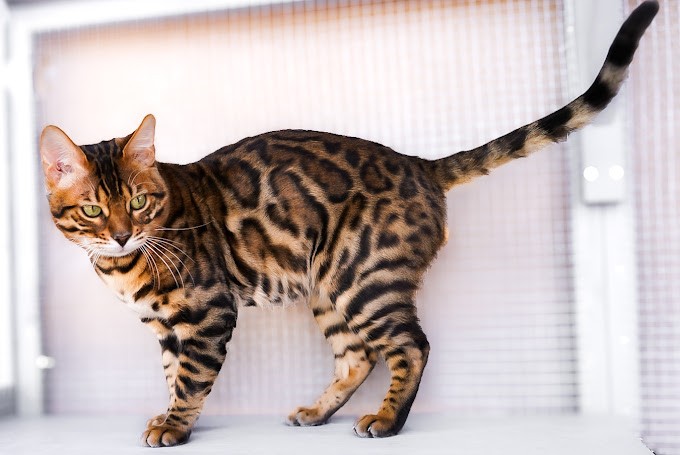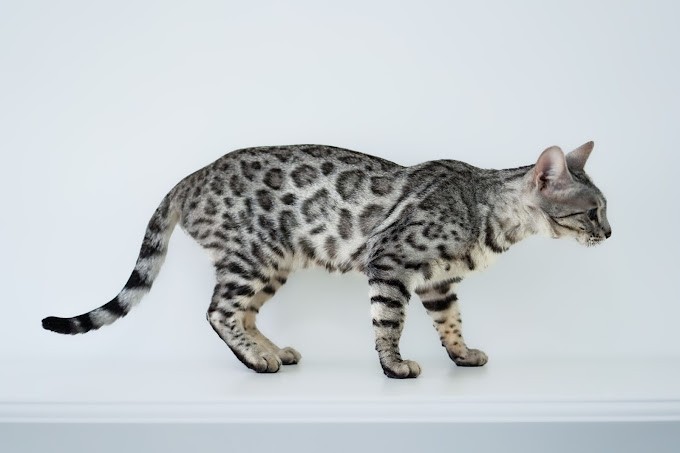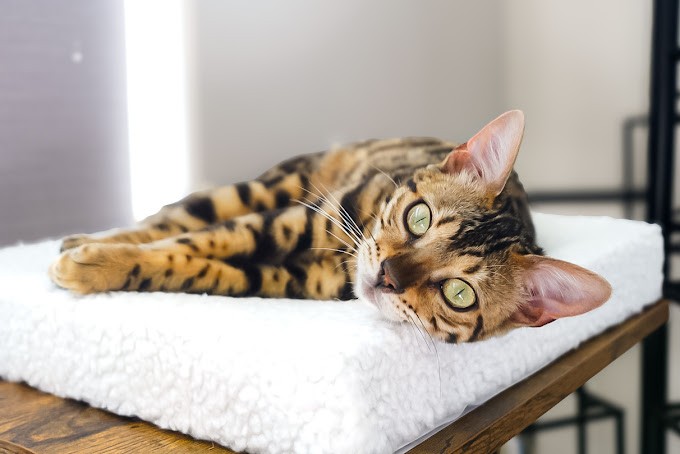Bengal Kittens in Arizona: Thriving in the Desert Climate

Purpose: At Utah Leopard Bengals, we specialize in breeding exceptional snow leopard Bengal kittens with striking coats and dynamic personalities. But what about their adaptability to Arizona’s climate? If you’re searching for Bengal kittens for Arizona, understanding their needs in a desert environment is crucial. This guide covers everything from climate considerations to hydration strategies, ensuring your Bengal thrives in the Grand Canyon State.
Table of Contents
- Why Bengal Kittens Are a Great Fit for Arizona
- Understanding Bengal Adaptability in a Hot Climate
- Hydration and Cooling Strategies
- Indoor vs. Outdoor Considerations
- Best Practices for Arizona Bengal Owners
- FAQs
- The Crux
Why Bengal Kittens Are a Great Fit for Arizona
Bengal cats, with their energetic and inquisitive nature, make ideal companions for those in Arizona. Their high intelligence allows them to adapt quickly to environmental changes, and their short, sleek coats help regulate body temperature efficiently. When searching for Bengal kittens for Arizona, it’s essential to consider how to optimize their living conditions for comfort and well-being.
Understanding Bengal Adaptability in a Hot Climate
Arizona’s arid climate presents unique challenges for any pet, but Bengals are particularly resilient. Originally bred from the Asian leopard cat, Bengals have a natural agility and awareness that helps them manage heat effectively. However, their love for activity means they need proper accommodations to avoid overheating.
Key Climate Considerations:
✔ Short, Dense Coat: Unlike long-haired breeds, Bengals’ sleek coats allow heat to dissipate efficiently. This is especially beneficial for snow leopard Bengal kittens, whose lighter fur may reflect sunlight better than darker-colored Bengals.
✔ Natural Sun Seekers: Bengals love warmth but require shaded areas to prevent overexposure. Ensure they have cool retreats indoors, particularly during peak summer months.
✔ Energy Levels in the Heat: While Bengals remain active year-round, high temperatures may slow their pace during the hottest parts of the day.
Hydration and Cooling Strategies
Because Arizona’s climate is naturally dry, hydration is one of the most critical aspects of Bengal care.
How to Keep Your Bengal Cool & Hydrated:
✔ Multiple Water Stations: Bengals prefer fresh, running water—consider a cat fountain to encourage hydration.
✔ High-Moisture Diet: Wet food and hydration supplements can prevent dehydration.
✔ Cooling Mats & Shaded Retreats: These help regulate body temperature without restricting movement.
✔ Indoor Play During Peak Heat: Early mornings and evenings are best for playtime. If you have an enclosed patio or catio, ensure there is ample shade.
Indoor vs. Outdoor Considerations
While some Bengal owners explore outdoor adventures, Arizona’s extreme temperatures require careful planning.
Indoor Bengals:
✔ Climate-Controlled Comfort: Air conditioning keeps them comfortable year-round.
✔ Vertical Spaces & Interactive Play: Ensures they remain stimulated despite limited outdoor exposure.
✔ Hydration Stations: Encourages frequent drinking in a dry environment.
Outdoor-Accessible Bengals:
✔ Catio Safety: A well-ventilated, shaded catio offers outdoor time without direct heat exposure.
✔ Supervised Walks: Early morning or post-sunset leash training can be safe and enriching.
✔ Heat-Reflective Flooring: If you have an outdoor space, ensure surfaces don’t absorb excessive heat to prevent paw injuries.
Best Practices for Arizona Bengal Owners
Owning a Bengal in Arizona comes with unique responsibilities. To ensure your Bengal thrives, follow these best practices:
✔ Keep Grooming Minimal: Bengals’ self-cleaning habits make excessive brushing unnecessary, but a cool wipe-down in summer months can help keep them comfortable.
✔ Monitor for Signs of Overheating: Panting, excessive drooling, or lethargy may indicate heat stress.
✔ Provide Enrichment: Puzzle feeders, climbing structures, and interactive toys help stimulate their intelligent minds while keeping them active indoors.
Frequently Asked Questions (FAQs)
- Do Bengal cats do well in Arizona’s hot climate?
Yes! Bengals are naturally adaptable, but owners must ensure proper hydration, shade, and indoor cooling for comfort. Their short coats help them tolerate heat better than long-haired breeds. - How can I keep my Bengal cool during Arizona summers?
Ensure constant access to fresh water, provide cooling mats, and keep your home’s air conditioning at a comfortable level. Limiting outdoor exposure during peak heat hours is also recommended. - Can I take my Bengal on outdoor adventures in Arizona?
Absolutely! Many Bengals enjoy leash training, but it’s best to take them out during early mornings or evenings to avoid extreme heat. A catio is also an excellent way to offer outdoor time safely. - Do snow leopard Bengal kittens require different care in Arizona?
While they share the same needs as other Bengals, their lighter coats may help reflect heat better. However, hydration and shade remain essential. - What are the best food and hydration strategies for Bengals in a dry climate?
Wet food, hydration supplements, and a running water fountain can encourage drinking and prevent dehydration.
The Crux
If you’re searching for Bengal kittens for Arizona, it’s important to consider how to create a climate-friendly home. At Utah Leopard Bengals, we ensure our kittens are well-prepared for their new environments, providing guidance on climate adaptation and best care practices. By taking the right precautions, you can provide a fulfilling and enriching life for your Bengal, even in the Arizona heat.
Interested in bringing a Bengal into your Arizona home? Contact us today to learn more about our available kittens and how we help ensure a smooth transition!









